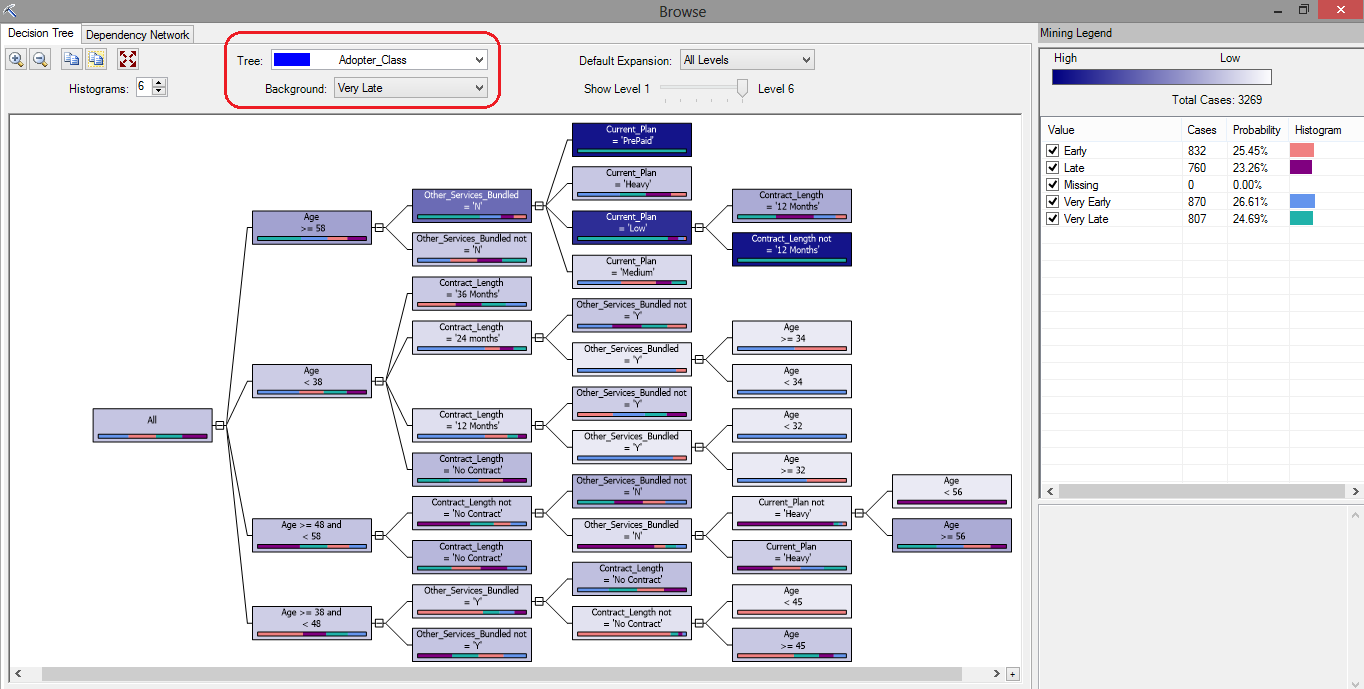

In Excel, select “Insert Diagram” to open the Lucidchart panel.Want to make a decision tree from scratch? Create and edit your own decision tree in Excel using the Lucidchart editor with the Microsoft add-in. How to make a new decision tree in Excel with the add-in To edit your decision tree, select “Edit.” Make the necessary changes in the pop-up window and then click “Insert” to update your decision tree.If it is the correct document, click “Insert.” A preview will appear in the bottom box.Select your decision tree from the list.In Excel, find the Lucidchart add-in in the upper-right corner.Quickly insert a decision tree into your spreadsheet, as a high-resolution image, without ever leaving Excel using the Lucidchart add-in. How to insert a decision tree into Excel with the Lucidchart add-in


To get started, you’ll need to download the Lucidchart add-in for Excel. How to install the Lucidchart add-in for Excel Not yet a Lucidchart user? Start your free account now. If you need more detailed instructions on how to make a decision tree diagram, use our step-by-step guide. Start diagramming your decision tree faster with drag-and-drop shapes, customizable templates, and more using Lucidchart’s free add-in with Excel. Use Lucidchart to quickly add a decision tree to Excel Use Excel to manually make a decision tree Option #1: Use Lucidchart to add a decision tree in Excelĭon’t limit yourself to manually making a decision tree in Excel- Lucidchart fully integrates with Microsoft Office, so you can add diagrams to your spreadsheets in a few simple clicks. This guide outlines two approaches to make a decision tree in Excel: Decision trees provide a more consumable layout for your data as you consider different options, and then they help justify your decision to others. Transform your data into a more interesting, more convincing decision tree diagram in Excel. And your spreadsheet of numbers is putting them to sleep. You have decided that it will be more profitable for the company to build out a new software feature than to leverage an existing one-you have the data to prove it-but now you have to convince your leaders. Imagine that you’re sitting in a meeting with your company’s executives.


 0 kommentar(er)
0 kommentar(er)
